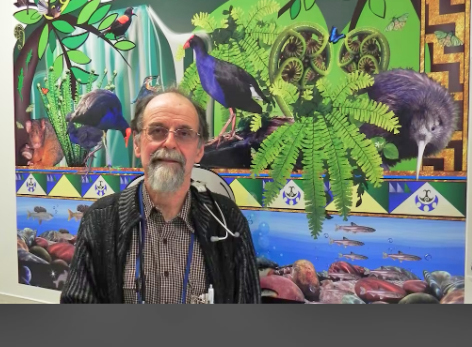Programmes help decrease rheumatic fever

RESEARCH PUBLISHED: John Malcolm is the lead author of an article in the New Zealand Medical Journal about a study about acute rheumatic fever and skin infection rates in the Bay of Plenty. File photo
Kathy Forsyth
A recently published study found that acute rheumatic fever and skin infection rates have decreased in the Bay of Plenty since 2011 when intensified programmes began for both.
The decrease in acute rheumatic fever was greatest for New Zealand Europeans, almost disappearing, and by a third, or 36 percent, for school-age Māori served by school-based hauora that delivered sore throat and some skin health programmes,. This decline was not found for young adults aged 15 -29 years.
The study, titled Rheumatic fever trends in the context of skin infection and Group A Streptococcal sore throat programmes in the Bay of Plenty: an observational study 2000-22, was published in the New Zealand Medical Journal.
The study’s authors include lead author, Eastern Bay paediatrican John Malcolm and Lydia Snell, Kate Grimwade, Sandra Innes-Smith, Melissa Bennett, Lindsay Lowe, James Scarfe, Aroha Ruha-Hiraka and Liam Walsh.
The report notes that skin infection admissions largest decrease was by 40 percent from their peak for both Europeans and Māori preschoolers across the Bay. Disparities continue with Māori having disproportionately higher skin infection admission rates than Europeans, sixfold at preschool age and two-to-three-fold thereafter.
The decreases for Māori at school age and for young adults were greater in the Western more affluent part of the Bay.
The authors recommend strengthening the frequency and coverage of school-based Hauora-delivered sore throat and skin infection programmes in the Eastern Bay and initiatives for both young adult and Pacific peoples.
The study notes that the school-age outcome for Māori is best delivered by twice weekly school-based sore throat swabbing. Once weekly delivered to 50 percent of school-age Māori in the Eastern Bay appears less effective, the authors say.